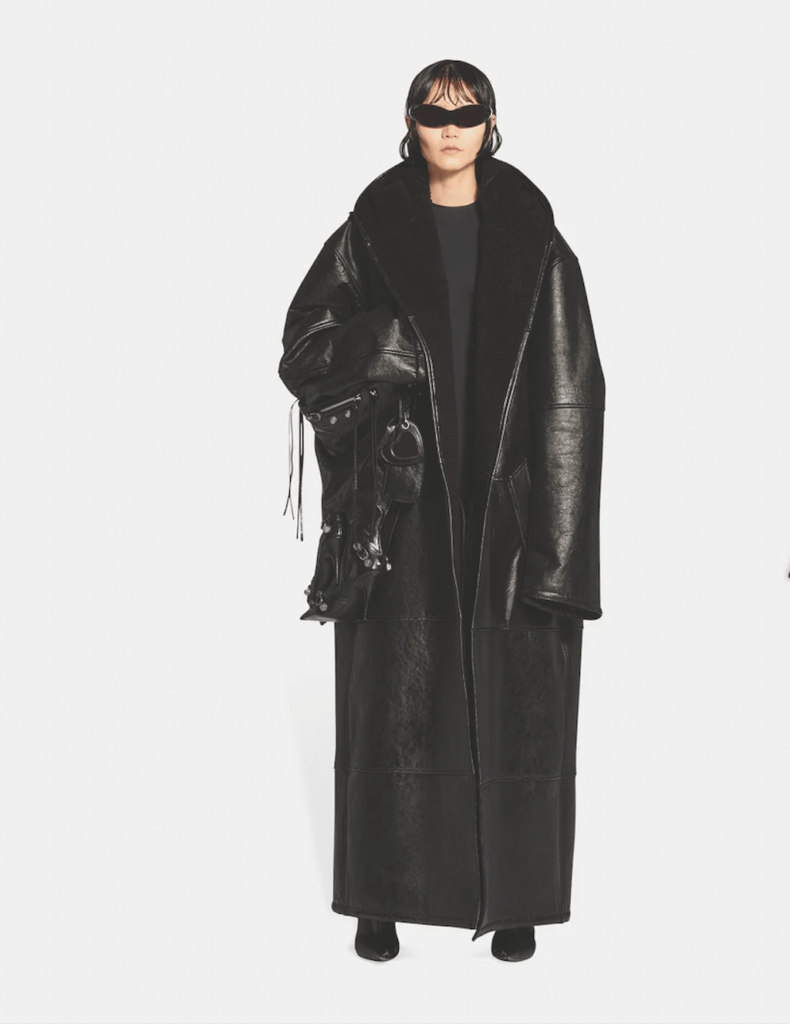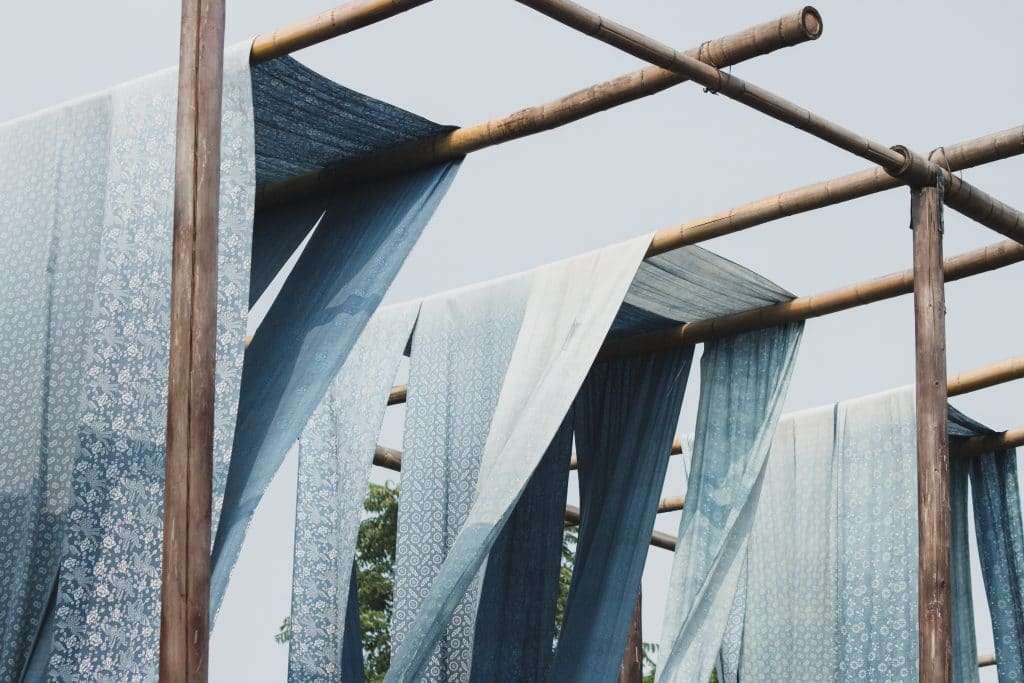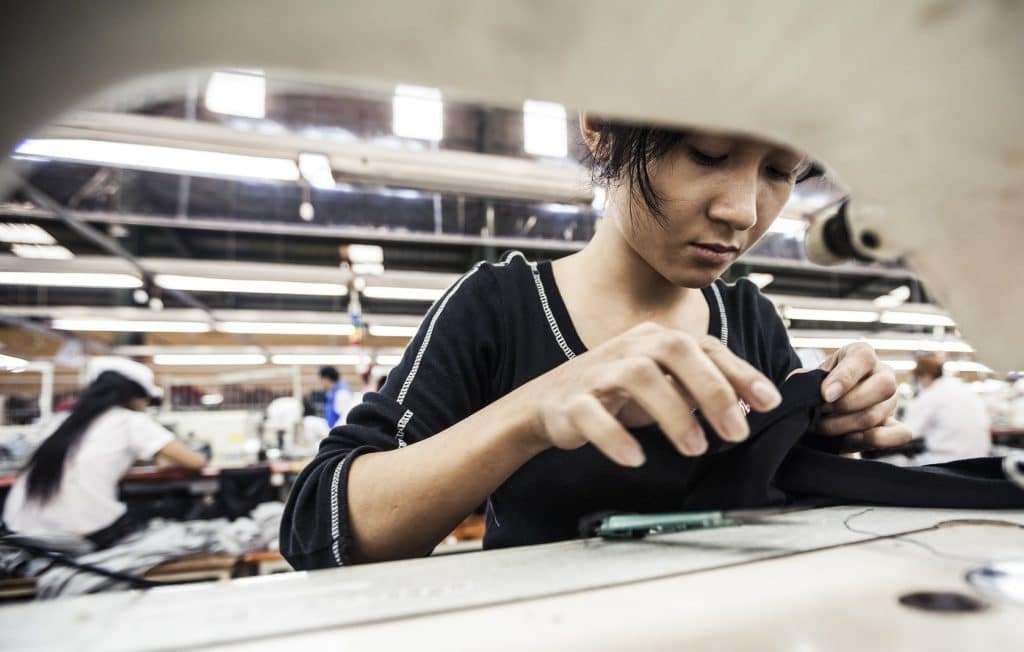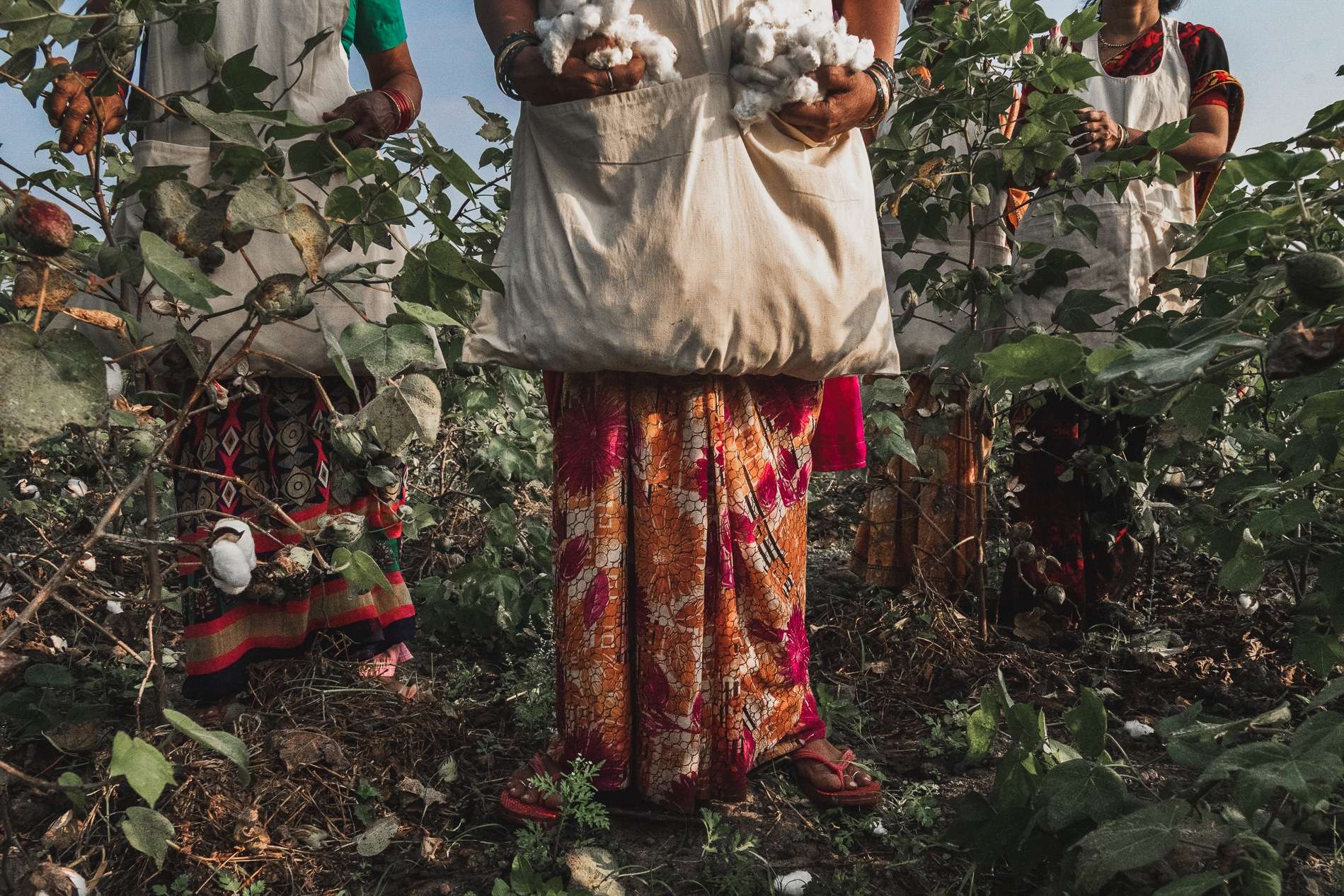With the list of environmental issues growing by the day — climate change, deforestation, water, and food insecurity — the fashion industry might not be a big priority for most people.
The harsh reality is that fashion is one of the most significant contributors to environmental waste and damage.
The global fashion industry produces a significant amount of harmful greenhouse gasses annually — between two and ten percent of all emissions — contributing hugely to global warming. The reason for these large amounts of emissions is that most clothes are made with petroleum-based materials and fossil fuels, including polyester, nylon, and acrylic. These artificial materials require much more energy during the production stage compared to natural alternatives.
There’s good news, though. Many designers and brands have recognized that this trajectory has to be countered. As a result, sustainable fashion is becoming one of the industry’s hottest trends, looking for ways to follow in the footsteps of companies in other industries.
Fashion’s footprint
Organic fabrics like linen, hemp, and cotton can require little to no chemical treatments, use less water and energy, and require far fewer fertilizers or pesticides to grow than their conventional counterparts.
And, when it comes to the end of their lifecycle, many of these materials are biodegradable.
Fashion’s footprint is also felt in its ties to animal agriculture; many animals are killed in the process of producing leather goods, and while often a co-product of the meat industry, animals are raised solely for their leather as well. The leather industry slaughters up to 430 million animals annually.

One of the most in-demand alternatives for leather comes from pineapples. The fabric is produced using the leaves that become by-products during the harvesting process. Another in-demand material is cactus leather. But the industry’s biggest star is mushroom or mycelium leather that has labels including Hermès, Balenciaga, and Stella McCartney backing it.
Sustainable fashion brands have started to increase their use of cruelty-free alternatives, and the options are abundant. Not just for leather, but for other animal-based materials as well, such as silk, which can be created from yeast.
Resource responsible
A study conducted in 2015 found that 97 percent of what is needed to make clothes are new resources, with a mere three percent being recycled materials. This translates into an annual input of roughly 98 million tons of resources, including oil, fertilizers, and a neverending list of chemicals for dyes and finishes.
Recycled materials are the only option for sustainability moving forward. They reduce the reliance on virgin resources and help the fight against the ever-increasing issue of waste management and landfills.

As the planet continues to heat up and weather patterns start to change more rapidly, water insecurity is a horrifying reality for hundreds of millions of people worldwide. In the fashion industry, water is a significant resource used mainly to die and finish nearly all pieces of clothing. As a reference point, it takes 2,700L of water to make one t-shirt.
Cotton relies heavily on water, but it is typically grown in a hot and dry environment where water is already scarce. In comparison, organic cotton can reduce water consumption by a massive 97 percent, but to date, only one percent of all cotton produced globally is organic.
Fabrics like linen, hemp, and recycled cotton are alternative options that need little to no water.
Safer working conditions
As scary as it is to believe, modern-day slavery still exists worldwide. Unrealistic minimum wages (if there is a wage at all), long working hours, unacceptable health and safety regulations, and the banning of workers’ unions are the reality for most workers in the fast fashion world. Abuse is also still a common practice within these environments.
Eco-ethical brands actively support and work towards humane working conditions, health care, fair wages, and the discontinuation of child labor. It is estimated that around 170 million children are part of garment work in some form, according to statistics provided by UNICEF.

Furthermore, these brands promise full transparency with their sourcing, manufacturing, and distribution operations and work alongside organizations that evaluate fair trade and ethical trading.
Fast fashion typically undergoes a long and intense chemical process before it gets to our wardrobes. This can include around 8,000 synthetic chemicals needed to dye, bleach, and wet the pieces. These chemicals often lead to serious health issues for workers involved in this manufacturing process and birth defects among their children.
Additionally, these chemicals can be harmful to wearers as our skin, the largest organ of our body quickly absorbs anything we put onto it. This is why it is vital to wash all new clothing before wearing them and check for chemical content labels.
Related on Ethos:


